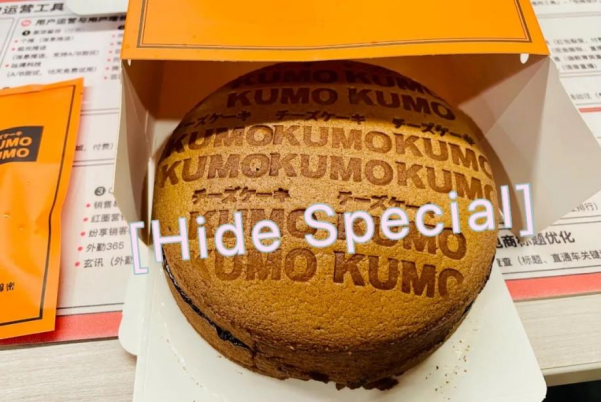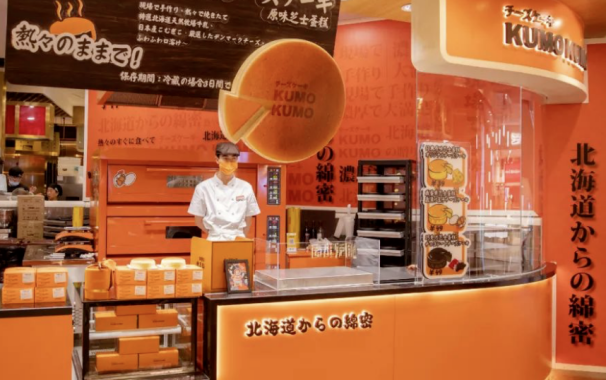
As we know, the food industry in China is highly competitive, especially to the young consumer market. There are so many new brands and trendy food products launched on a daily basis, while the traditional brands are also evolving themselves to defend their market share. How to win in the Chinese consumer market is one of the most challenging topics. Here are some top tips for your brand strategy in China based on the latest insights.
1. Product selection strategy
In terms of category selection, brands with the potential to be “hot" generally have to meet two conditions:
- From a "big category" with a very wide audience, such as milk tea, barbecue, desserts, etc.
- "In hot areas do innovations in subdivided tracks"—— Products need to have the possibility of "creating novelty" to ensure that users are curious enough.
Case study: KUMOKUMO
- The category corresponding to KUMOKUMO products is cakes, Therefore, its audience is wide enough and easy to accept;
- KUMOKUMO, as a Japanese cheesecake, is a relative niche subdivision track, with novelties that are more likely to guarantee user interest.

2. Disassemble the category and refine "surprise" factor
After determining the category, the product can be disassembled along the dimensions of "user experience" and "user journey" to find the part of the product that can surprise users and create a positive experience. Only with a "surprise" can users help the brand spread on their own.
Tips for 'suprise' :
- Innovative product
- Interact between brand and customers.
- Create an interesting product experience.
2.1. Sense of ritual
- The clerk will brand the patterns on the cakes whenever a batch of KUMOKUMO cakes is baked. The exquisite golden handbell will sway continuously during the pattern-burning process.
- By doing this, KUMOKUMO successfully creates a sense of ritual purchase for customers and improving the shopping experience at the same time.
2.2. Be Interesting
- There will be a "hidden special item" in each batch of 6 cakes in KUMOKUMO. Unlike other cakes with only one LOGO, the "Hidden Special'' cake is full of patterns.
- This behaviour could help the brand to create a "surprise point" for purchasing and increase the customers' shopping pleasure and increase their satisfaction.
3. Marketing Strategy
Brand names with "hot potential" always incorporate gimmicks into their marketing strategies in order to increase customers' desire to share and promote the brand on their own. Marketing strategies can be embodied in product packaging, marketing methods, publicity strategies and publicity copywriting. Take KUMOKUMO cake as an example.
4. Product Packaging
The KUMOKUMO brand's stores and packaging all used the same bright orange as the luxury brand Hermes to create the "Hermes in the cake" selling point. While attracting users' attention, it may also increase the proportion of users who take and share photos in the heat of the moment.

5. Marketing tactics - Hunger marketing
Hunger marketing was often used in the electronic consumer market. The brand intentionally limits the product stock or limits the purchase time. This arouses customers' curiosity and desire to purchase the product. Hunger marketing often cause long queues which gave customers the impression that they were dealing with a "popular king" and emphasized the "scarcity" of the brand, which enticed them to buy.

6. Emphasis product USPs and repeat
Since KUMOKUMO's formula comes from Japan, it has repeatedly used the words "Hokkaido Cheesecake" and "China's First Store" in its publicity to create an imported brand in the Chinese local market" to create selling points and promote the desire to buy.

7. Promotional Copywriting
- Emphasized that its cakes are "baked on the spot," "baked carefully for 50 minutes," "imported raw materials," and other key promotional copywriting to create a "high-end hand-made" selling point during the promotion.
- Repeatedly emphasized the "cloud-like" soft taste of its cakes, which continuously increased user awareness and deepened the impression of the brand's characteristics.



